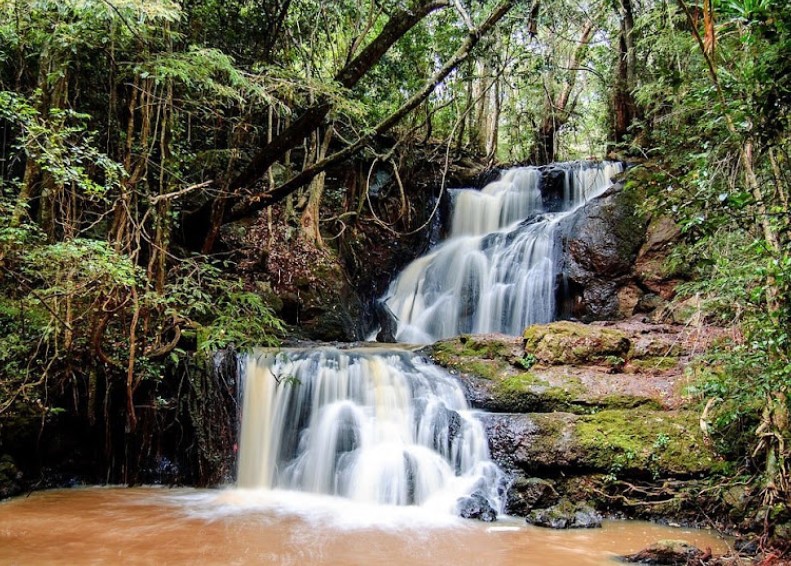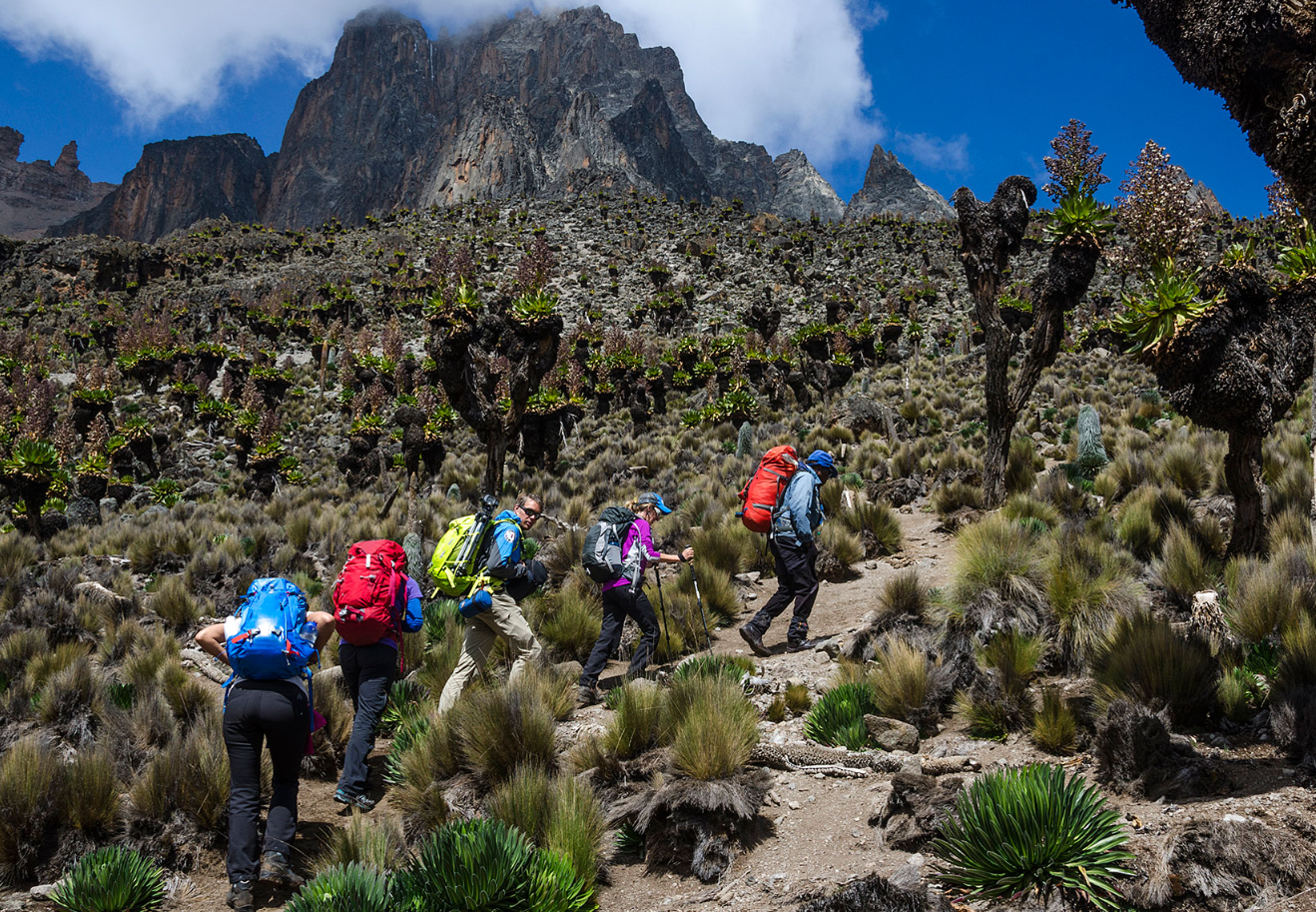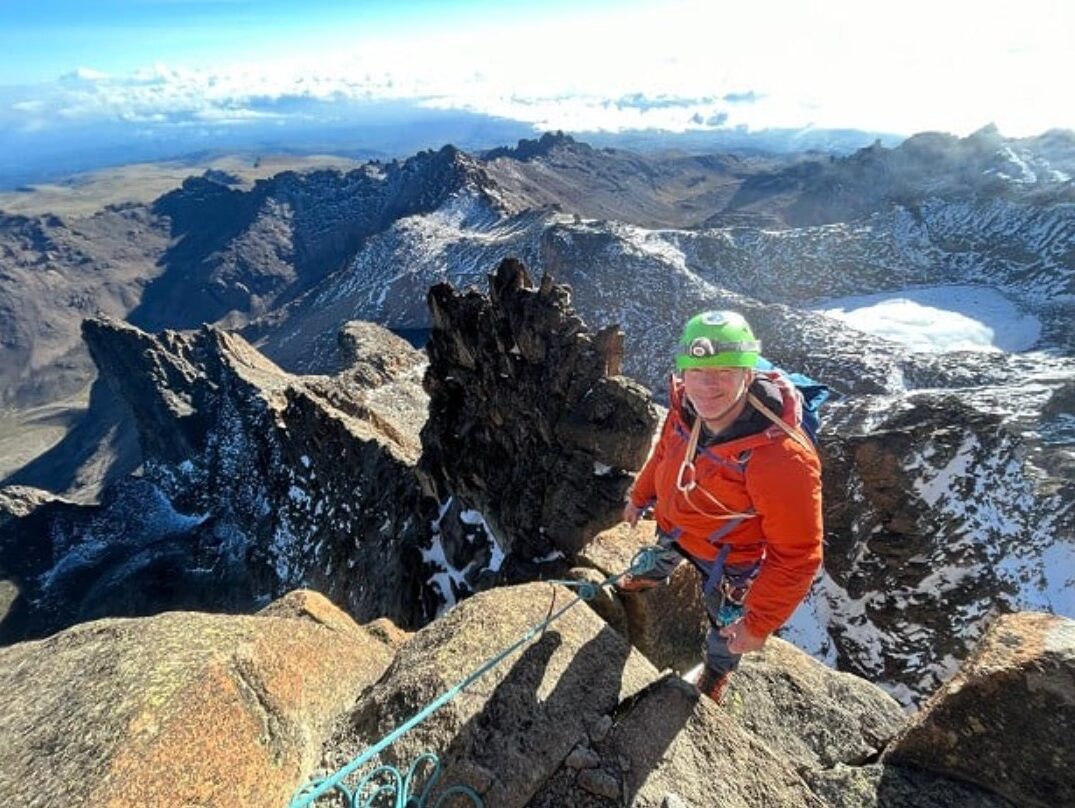How is the Weather and Climate on Mt. Kenya?
The Weather and Climate on Mount Kenya: A Guide for Safari Travelers
Mount Kenya, Africa’s second-highest peak, is a destination of unparalleled natural beauty, attracting adventurers, hikers, and safari travelers from around the world. Standing majestically at 5,199 meters (17,057 feet), Mount Kenya is not just a climb, but an experience of diverse ecosystems, breathtaking landscapes, and varying weather patterns. Understanding the weather and climate on Mount Kenya is essential for anyone planning a visit, whether you’re trekking to the summit or exploring the surrounding national park.
Understanding Mount Kenya’s Unique Climate
Mount Kenya’s climate is influenced by its equatorial location, high altitude, and diverse topography. The weather varies significantly depending on the altitude and the time of year, making it crucial for travelers to be well-prepared.
Altitudinal Zones and Climate Variations
Mount Kenya features distinct altitudinal zones, each with its own microclimate:
- Lower Slopes (1,800 to 2,500 meters): The lower slopes are characterized by montane forests and fertile farmland. The climate here is generally warm and humid, with temperatures ranging between 15°C to 20°C (59°F to 68°F). Rainfall is abundant, especially during the long rains from March to June and the short rains from October to December.
- Mid Slopes (2,500 to 3,300 meters): As you ascend, the vegetation changes to bamboo and heather forests. The temperatures begin to drop, averaging 10°C to 15°C (50°F to 59°F). This zone receives significant rainfall, making the trails muddy and challenging, especially during the rainy seasons.
- High Altitudes (3,300 meters and above): Above the tree line, the landscape transforms into alpine moorlands and eventually into barren rock and glaciers. Temperatures can plummet to below freezing, especially at night. The weather is highly unpredictable, with a mix of sunshine, rain, and snow possible within a single day.
Seasonal Weather Patterns
Mount Kenya experiences two main climbing seasons, each offering a different climate experience:
- Dry Seasons (January to February and July to September): These are the most popular times for trekking Mount Kenya. The weather is relatively stable, with clear skies and minimal rainfall. Daytime temperatures at higher altitudes can range from 5°C to 10°C (41°F to 50°F), while nighttime temperatures can drop well below freezing. The dry conditions make the trails more accessible, and the visibility is excellent, providing stunning views of the surrounding landscapes.
- Wet Seasons (March to June and October to December): During the wet seasons, Mount Kenya receives heavy rainfall, particularly in the lower and mid-slopes. The trails can become slippery and muddy, making the trek more challenging. However, these months also offer lush green scenery and fewer crowds. If you choose to climb during the wet season, be prepared for sudden weather changes and ensure you have waterproof gear.
How the Weather Affects Trekking on Mount Kenya
The weather on Mount Kenya plays a significant role in the success and enjoyment of your trek. Here’s how the different weather patterns can impact your experience:
Altitude Sickness
As you ascend Mount Kenya, the decrease in oxygen levels can lead to altitude sickness, especially if you’re not acclimatized. Cold temperatures and wind chill at higher altitudes can exacerbate the symptoms, making it essential to pace yourself and stay hydrated. It’s advisable to spend an extra day at mid-altitudes to acclimatize before attempting to reach the summit.
Trail Conditions
The trail conditions on Mount Kenya vary with the weather. During the dry seasons, the paths are generally well-defined and easier to navigate. However, in the wet seasons, trails can become waterlogged, and river crossings may be more difficult due to swollen streams. Proper hiking boots with good grip are essential, especially in muddy or rocky sections.
Wildlife Sightings
Mount Kenya’s diverse ecosystems are home to a variety of wildlife, including elephants, buffaloes, and unique bird species. The dry seasons offer better opportunities for wildlife sightings as animals are more likely to congregate around water sources. In contrast, during the wet seasons, animals are more dispersed, and the thick vegetation can make sightings more challenging. Safari travelers often combine a trek on Mount Kenya with a safari in the surrounding national parks to maximize wildlife viewing opportunities.
Preparing for the Weather: Essential Tips
To make the most of your Mount Kenya adventure, proper preparation is key. Here are some essential tips for dealing with the mountain’s unpredictable weather:
- Layering Your Clothing: The weather on Mount Kenya can change rapidly, so it’s important to dress in layers. Start with moisture-wicking base layers, add insulating layers, and top it off with a waterproof and windproof outer shell. This allows you to adjust your clothing according to the changing conditions.
- Invest in Quality Gear: High-quality hiking boots, a warm sleeping bag, and a sturdy tent are essential for a comfortable trek. Ensure your gear is suitable for cold and wet conditions, especially if you’re trekking during the rainy season.
- Stay Hydrated and Nourished: Cold temperatures can suppress your thirst, but it’s important to stay hydrated to avoid altitude sickness. Carry enough water and high-energy snacks to keep your energy levels up.
- Acclimatize Properly: Take your time to acclimatize as you ascend. Avoid rushing to the summit, as this can increase the risk of altitude sickness. Consider spending extra time at mid-altitudes to allow your body to adjust.
Conclusion
Mount Kenya is a remarkable destination that offers a unique blend of adventure and natural beauty. Understanding the weather and climate on Mount Kenya is crucial for a successful and enjoyable trek. Whether you’re an experienced hiker or a first-time climber, being prepared for the mountain’s varying weather conditions will enhance your experience and ensure a safe journey.
For those looking to combine their trek with a safari adventure, Kenya Horizon Safaris offers expertly guided tours that can be tailored to your preferences. Whether you’re interested in a challenging climb, wildlife viewing, or both, Kenya Horizon Safaris provides the expertise and support to make your trip unforgettable.











